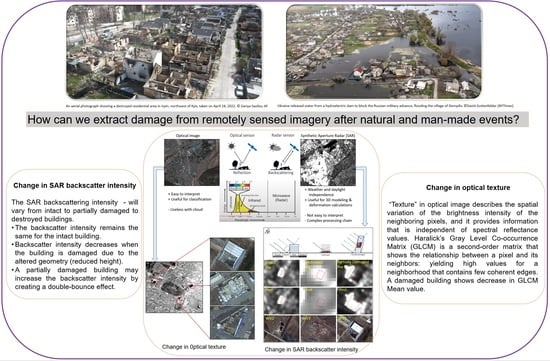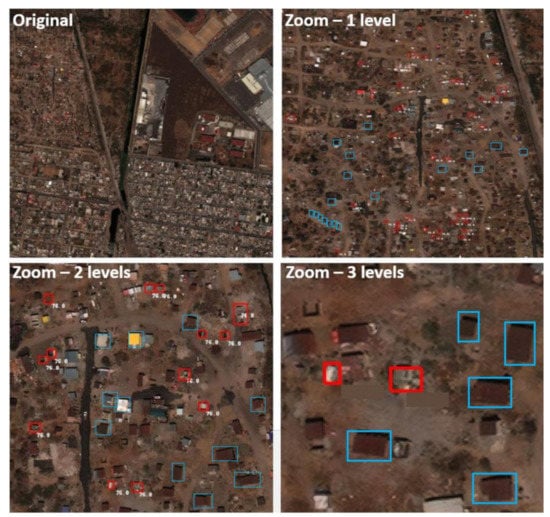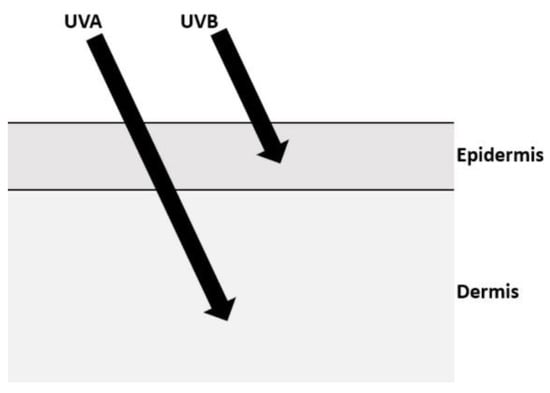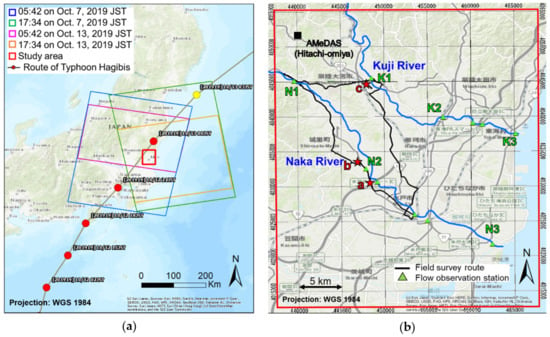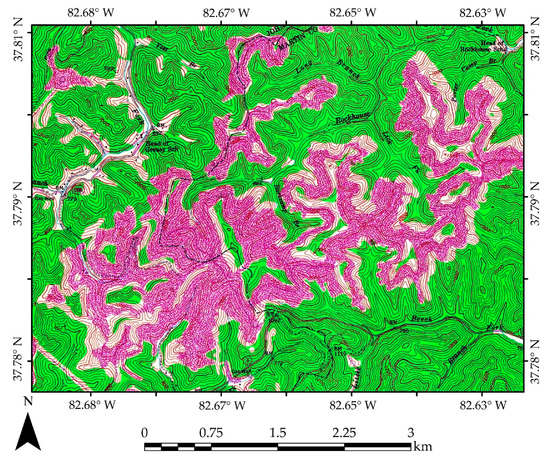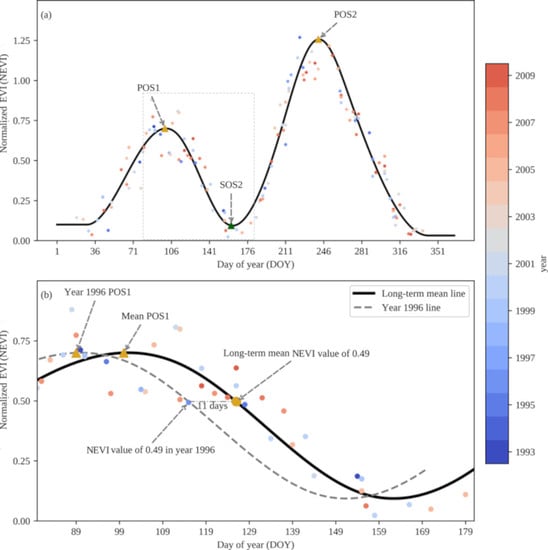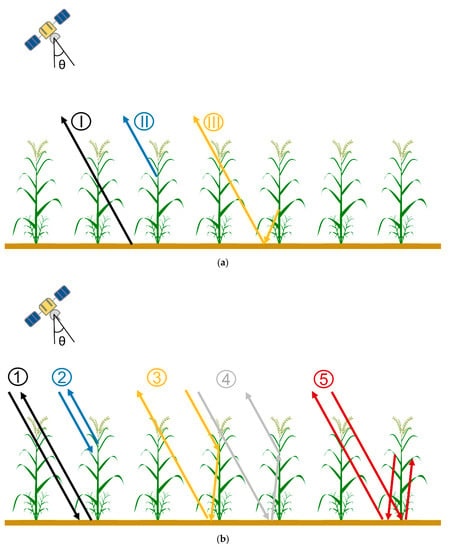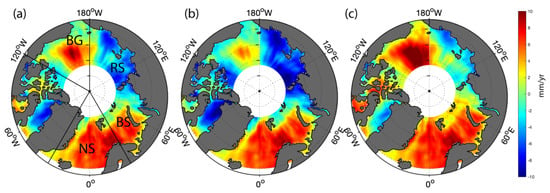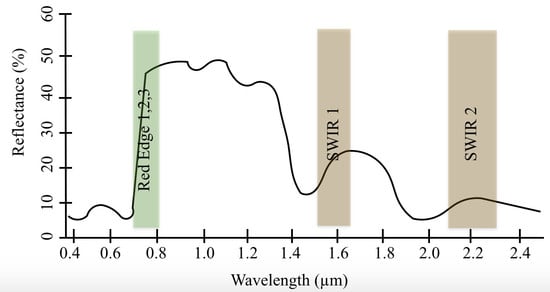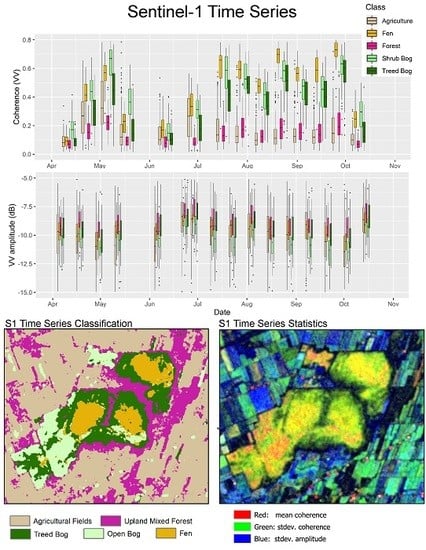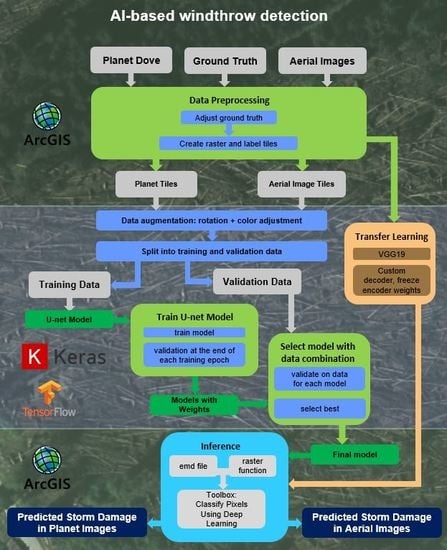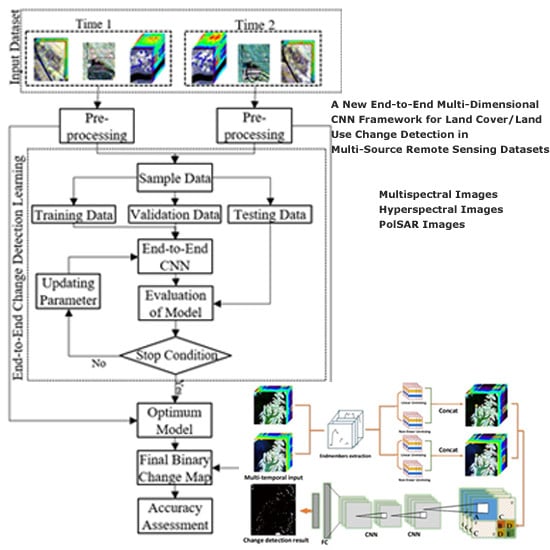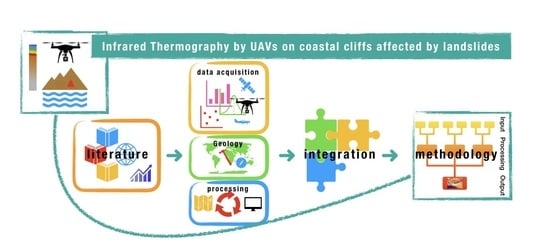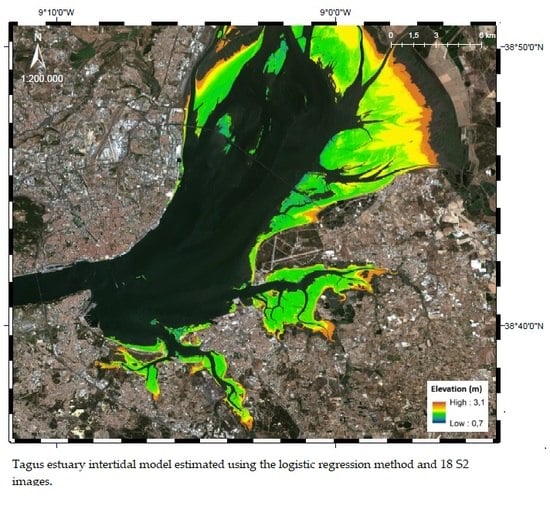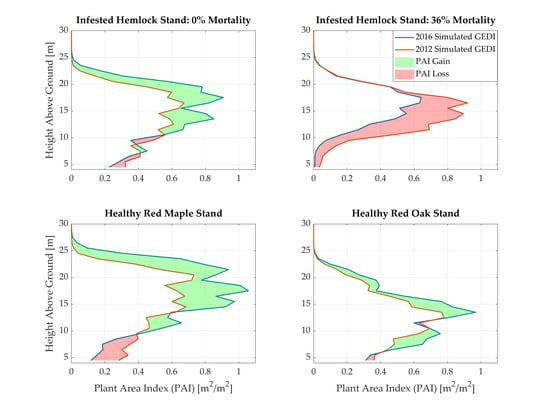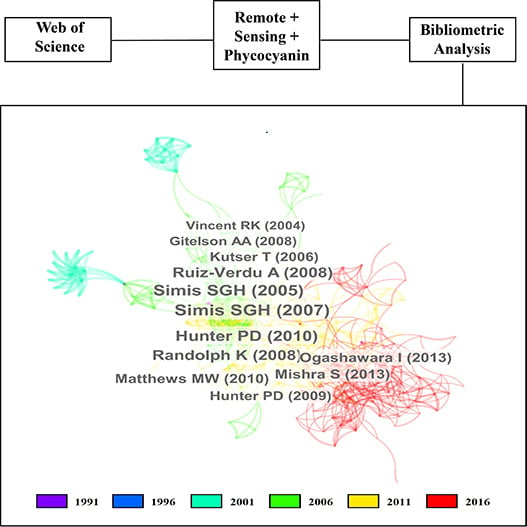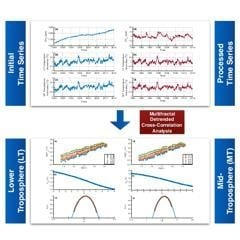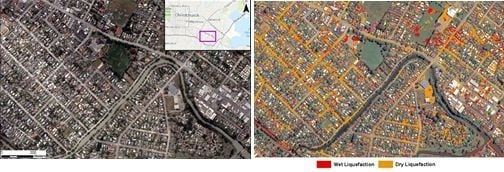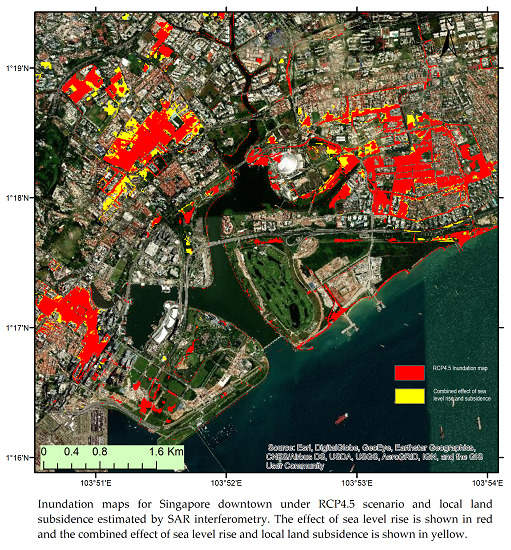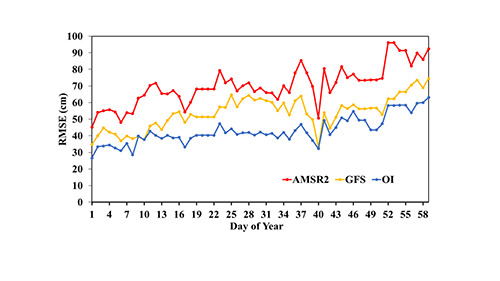Feature Papers for Section Environmental Remote Sensing
A topical collection in Remote Sensing (ISSN 2072-4292). This collection belongs to the section "Environmental Remote Sensing".
Viewed by 170267Editor
Interests: hydrogeology; geomorphology; natural hazards; land use/cover changes; optical/radar remote sensing
Special Issues, Collections and Topics in MDPI journals
Topical Collection Information
Dear Colleagues,
Growing concerns about the human impact on the environment has led to the development of new observation and analysis tools to tackle and monitor the types, magnitudes, and rates of environmental changes. Timely observations by Earth observation (EO) satellite systems, and improved mapping and analysis tools are enabling a better understanding of the ecological and environmental interactions that underlie our Earth systems, which is critical for developing sustainable solutions. The section on environmental remote sensing deals with emerging methods, technologies, and high-impact EO applications in real-world contexts. It may include sensors such as a synthetic aperture radar for coastal subsidence monitoring, UAV-based disaster damage and recovery assessment, high resolution multispectral data for ecosystem vulnerability and rehabilitation assessment, or hyperspectral data for biodiversity mapping and analysis. Topics may cover a broad range of environments, from coastal to forest and desert areas, as well as applications, for example, conservation management, land conversion, natural resources mapping, and ecosystem dynamics. The focus of this Special Issue is on environmental issues in light of climate change and human impacts. Manuscripts for this important Special Issue of Remote Sensing will be accepted by the editorial office, the Editor-in-Chief and editorial board members by invitation only.
- Ecosystem assessment and monitoring;
- Land-use/-cover changes (LUCC);
- Arid land geomorphology;
- Water resources assessment;
- Wetland and coastal dynamics;
- Geohazards;
- Land subsidence;
- Subsurface investigation;
- Time-series analysis;
- Data fusion and assimilation;
- Synergy of optical and radar;
- New sensors/platforms applications
Dr. Magaly Koch
Collection Editor
Manuscript Submission Information
Manuscripts should be submitted online at www.mdpi.com by registering and logging in to this website. Once you are registered, click here to go to the submission form. Manuscripts can be submitted until the deadline. All submissions that pass pre-check are peer-reviewed. Accepted papers will be published continuously in the journal (as soon as accepted) and will be listed together on the collection website. Research articles, review articles as well as short communications are invited. For planned papers, a title and short abstract (about 100 words) can be sent to the Editorial Office for announcement on this website.
Submitted manuscripts should not have been published previously, nor be under consideration for publication elsewhere (except conference proceedings papers). All manuscripts are thoroughly refereed through a single-blind peer-review process. A guide for authors and other relevant information for submission of manuscripts is available on the Instructions for Authors page. Remote Sensing is an international peer-reviewed open access semimonthly journal published by MDPI.
Please visit the Instructions for Authors page before submitting a manuscript. The Article Processing Charge (APC) for publication in this open access journal is 2700 CHF (Swiss Francs). Submitted papers should be well formatted and use good English. Authors may use MDPI's English editing service prior to publication or during author revisions.









